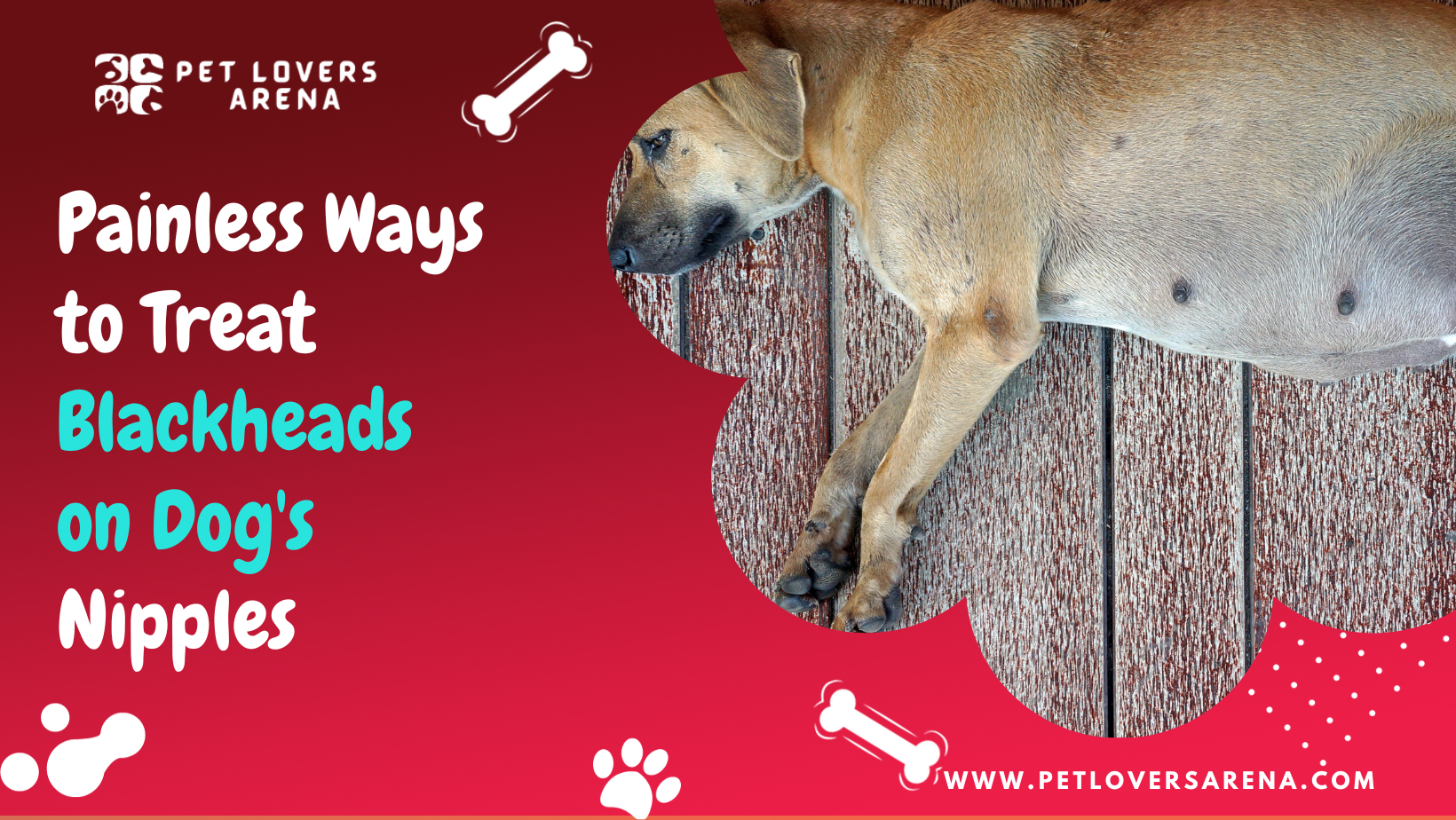As dog owners, you always want to make sure that your dog remains in a healthy state. They look up to us as their caregiver to help them every day. Well, it is very common that your dog might develop skin issues or any other problem, which can be concerning.
And when you see something unusual on your dog’s body, it is always a good idea to pay close attention. Noticing blackheads on your dog’s nipples might concern you about what could have caused them to appear or if your furry friend is unwell. But in reality, it is usually nothing to be worried about.
What Should I do About Blackheads on my Dog’s Nips?
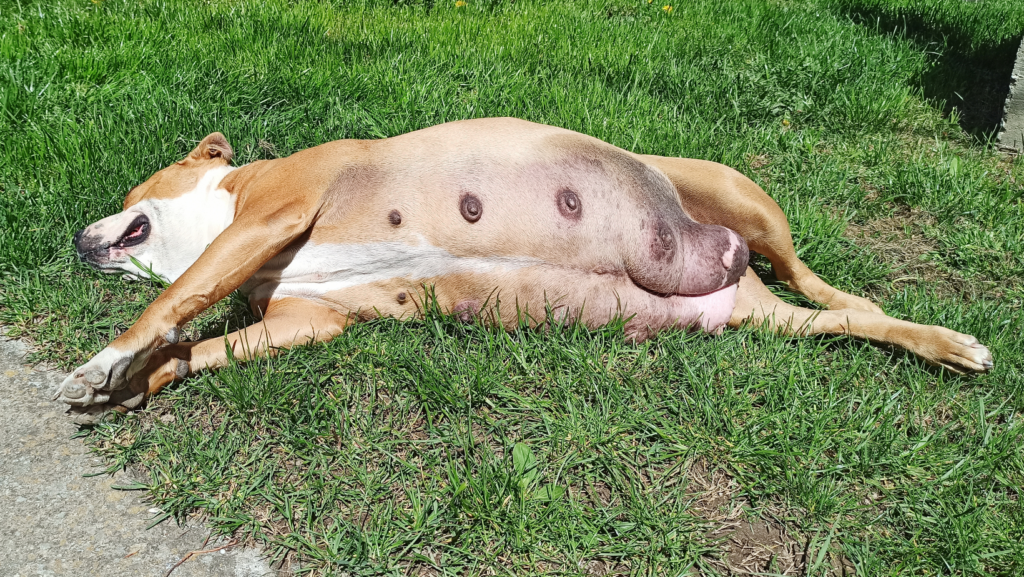
Fortunately, blackheads on a dog’s nipple are pretty typical. They also develop blackheads, much like us. Although the presence of blackheads is nothing to be concerned about, it is a good idea to keep an eye out for them.
Connect with your veterinarian and raise the issue if you are unable to get your pet’s blackheads to disappear while providing adequate body care, and it appears to be becoming worse, like irritation or soreness. You do not want to jeopardize the health of your animal companion.
Blackheads can frequently be mistaken for ticks or fleas when they occur. Make sure to check what you are actually dealing with and treat it for an accurate diagnosis. Treatment is required for an infestation, which frequently spreads to other body parts in addition to the nipples.
What Causes Blackheads in Dogs’ Nipples?
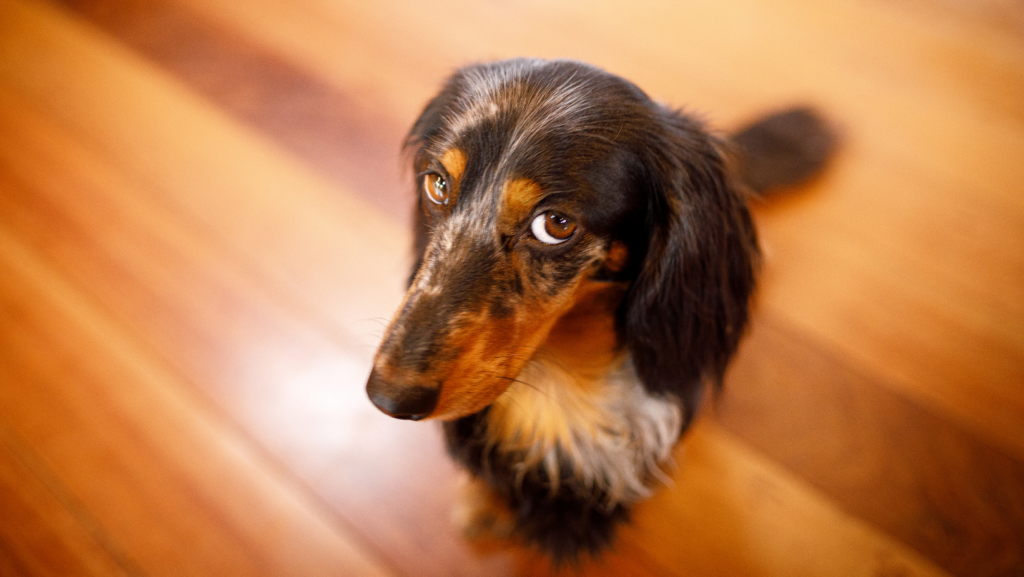
Blackheads can buildup because of many reasons, but the most common factor contributing to the appearance of blackheads is “sebum .”Yes, you heard that right. The same sebum production takes place on our skin as well.
Sebum is a natural oil that we all produce to protect our skin, and so do dogs. If the oil in your furry friend’s body doesn’t get cleaned up properly and regularly, dirt will get stuck in and develop blackheads.
Dogs cannot wash themselves properly, which can also exhibit the appearance of blackheads frequently and cause black spots to form. The easier it gets for the dirt to get trapped, the more the formation of blackheads will probably occur.
Lack of grooming can lead to unhygienic maintenance and needs to be taken care of to stop the progressive blackhead formations.
In some situations, blackheads could be a sign of something more serious like a skin disease, cancer, or mammary tumor. In this case, talking to your vet and starting your furry friend’s treatment is very crucial. Alternatively, blackheads could have been caused by flea waste left behind on the skin, which should resolve using a flea treatment.
An unhealthy diet is also one of the major factors contributing to the production of blackheads in your dog. Diet compromised with a lot of sugar, salt, and insufficient water progresses oil production in your furry friend’s body.
Bonus Read: 8 Dog Food Brands To Avoid [+ 5 You Should Buy].
Can I Pop My Dog’s Blackheads?
No, If even for a moment you have been thinking about treating your furry friend’s problem alone, it is a huge no. Dog nipples are extremely sensitive and need a professional’s assistance. If you try to go clean it yourself, chances are your dog might get hurt or, in the worst cases, inflammation and infection may take place.
Treatment of the Dog’s Blackheads Around Nipples
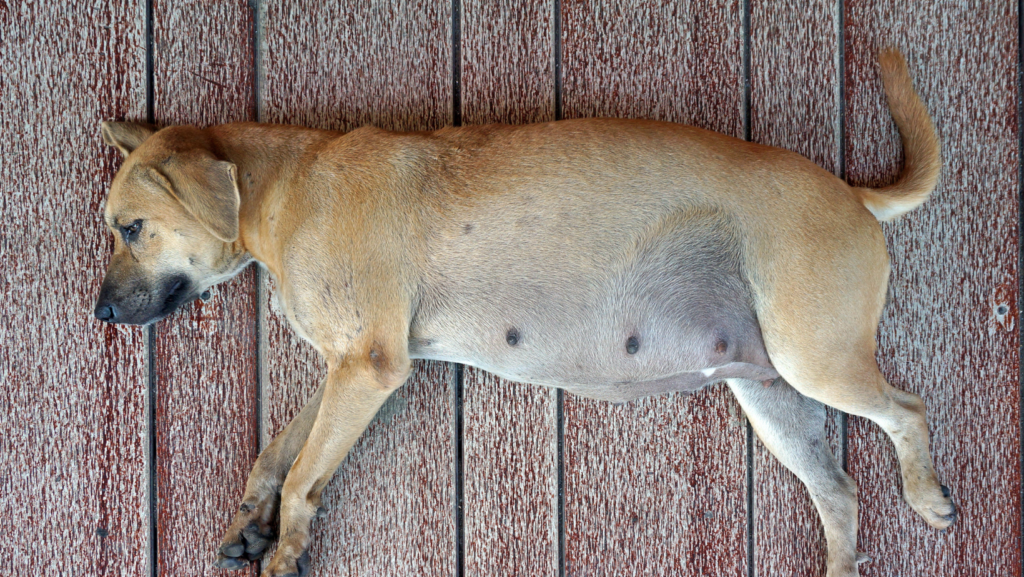
The moment you become aware of your pet’s condition, you’ll probably want to get rid of them. However, as was already mentioned, dogs’ nipples are quite sensitive; thus, doing so could wind up making their situation worse.
The easiest technique to get rid of blackheads is to properly bathe them and maintain their undersides clean using dog shampoo. In addition to removing the filth, this will clear up the excess sebum production buildup.
Your furry friend might need more than one bath to completely get ridden from blackheads, although consistent bathing must take care of the problem of moving forward.
If the blackheads do not go away despite routine bathing, your dog may need further care. So if you find yourself struggling, it’s a good idea to set up an appointment with your veterinarian to get professional aid.
Your veterinarian should be able to prescribe a topical steroid for the treatment of swollen or inflamed blackheads, as well as antibiotics, if necessary. Blackheads shouldn’t be scrubbed, picked at, or squeezed since this could cause harm to a dog’s sensitive nipples. Additionally, you could exacerbate the infection rather than treat it.
Only on the recommendation of the veterinarian should you use a follicle-flushing shampoo or benzoyl peroxide, which aids in the clearing of blackheads. Benzoyl peroxide can dry out your dog’s skin and aggravate the texture of their fur, so it’s important to follow the right instructions to keep your furry buddy happy.
The rules and treatments one should use as a dog owner to get rid of blackheads are listed below:
1. Anti-biotics
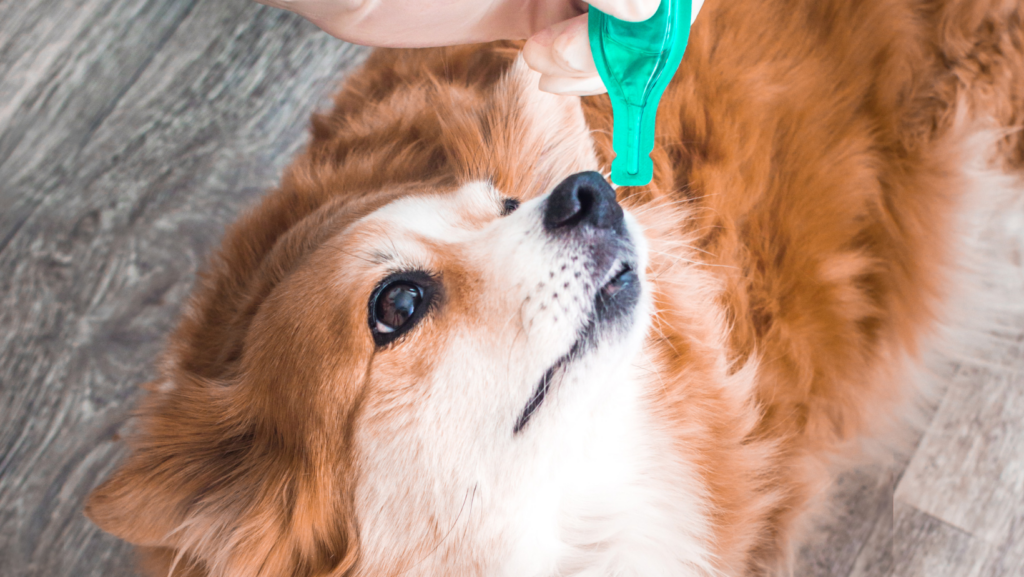
Why use antibiotics? Although not all blackheads are infected, there is a remote possibility that one could develop for any reason. Anti-infection medications, most definitely antibiotics like mupirocin and isotretinoin (a medicine for hair follicles), can occasionally aid in the treatment of infected blackheads. It is advised to continue administering the prescription for a few days or weeks, depending on the circumstance and degree of the problem.
2. Topical Steroids
The best course of action is to administer topical steroids to the skin as advised by your vet if the blackheads around the dog’s nipple exhibit swelling and expansion brought on by inflammation. Several examples are fluocinolone, betamethasone, prednisone, and prednisolone.
3. Benzoyl Peroxide
Is it safe? Benzoyl peroxide can be an effective remedy if the dog has a serious blackhead problem. While using a small amount of benzoyl oxide-containing products is always safe and healthy, using them excessively might dry up the skin. To determine whether goods are appropriate for your dog, you should always consult your veterinarian first.
4. Anti-seborrheic Shampoo
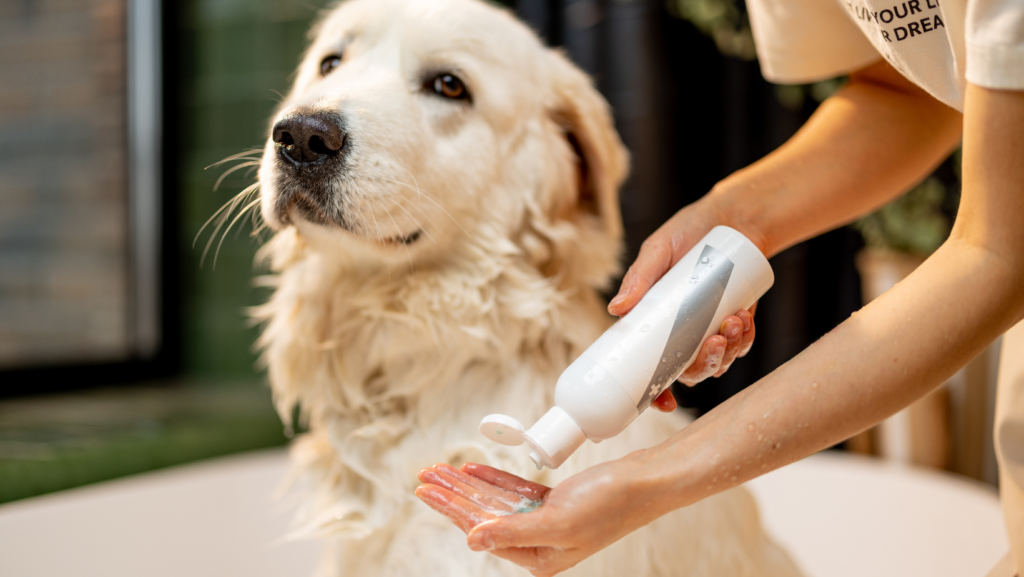
Salicylic acid or sulfur-containing shampoos are typically follicle-flushing or anti-seborrheic shampoos. These shampoos are thought to be effective in treating the dog’s nipple-area blackheads.
5. Professional Help
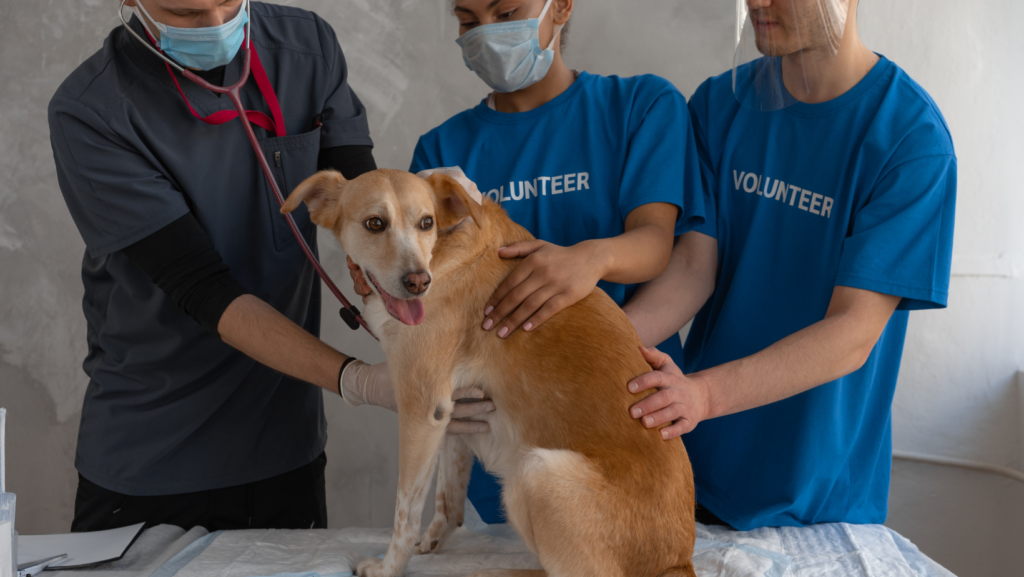
It is no surprise that you and your dog will require a vet’s help. Whether it’s blackheads, fleas, or ticks, getting your dog professionally treated must be your top priority. A professional vet will examine your dog and possesses the skills to treat it while you are not eligible to treat your dog’s condition, and you shouldn’t even think about it.
Blackheads On My Dog’s Nipples: Should I Be Concerned?
You do not have to stress over blackheads as they are only normal pigmentation. It is definitely not a captivating thing to discover or see; however, be relieved knowing that blackheads do not create any compilations. It doesn’t hurt your dog if that is your concern.
But in some cases, blackheads in your dog can get painful or itchy only if there are a lot of them & have grown large. It is important to treat them immediately after noticing, and regularly bathing your furry friend will keep their skin in good condition, which will minimize the risk of blackheads.
Don’t ignore blackheads when you see them. After taking notice of their blackheads, make sure they are not inflamed, sore, and irritating to your dog. It is essential to consult your vet if there’s any discomfort, as they may need treatment, and also, sometimes it could tell a lot about your furry friend’s health or if anything serious is going on with them.
Blackhead is a benign situation that should be resolved with proper good bath and skincare. If they do not clear up even after washing your dog, seek professional help immediately. Doing so will help you pick up on medical issues early.
Conclusion
The majority of the time, blackheads on a dog’s nipples are not a cause for concern, but if you do see them, you should try to give your dog a good, warm bath as soon as you can. When you do, wash their underside to get rid of any dirt from their nipples.
Keep in mind to be cautious, as the nipples are delicate, and monitor the progress of the blackheads over the following few days. They should start to clear up quickly with constant washing, but if they don’t, speak with your veterinarian for help.
Meet Madison Phillips, your compassionate guide to pet well-being. With experience from VCA Animal Hospitals and Laxton Vet Clinics Bellaire Inc. Madison honed her skills and embraced the balance of medical expertise and compassion, through her articles, she simplifies pet care, whether you’re a newbie or an experienced pet parent.

